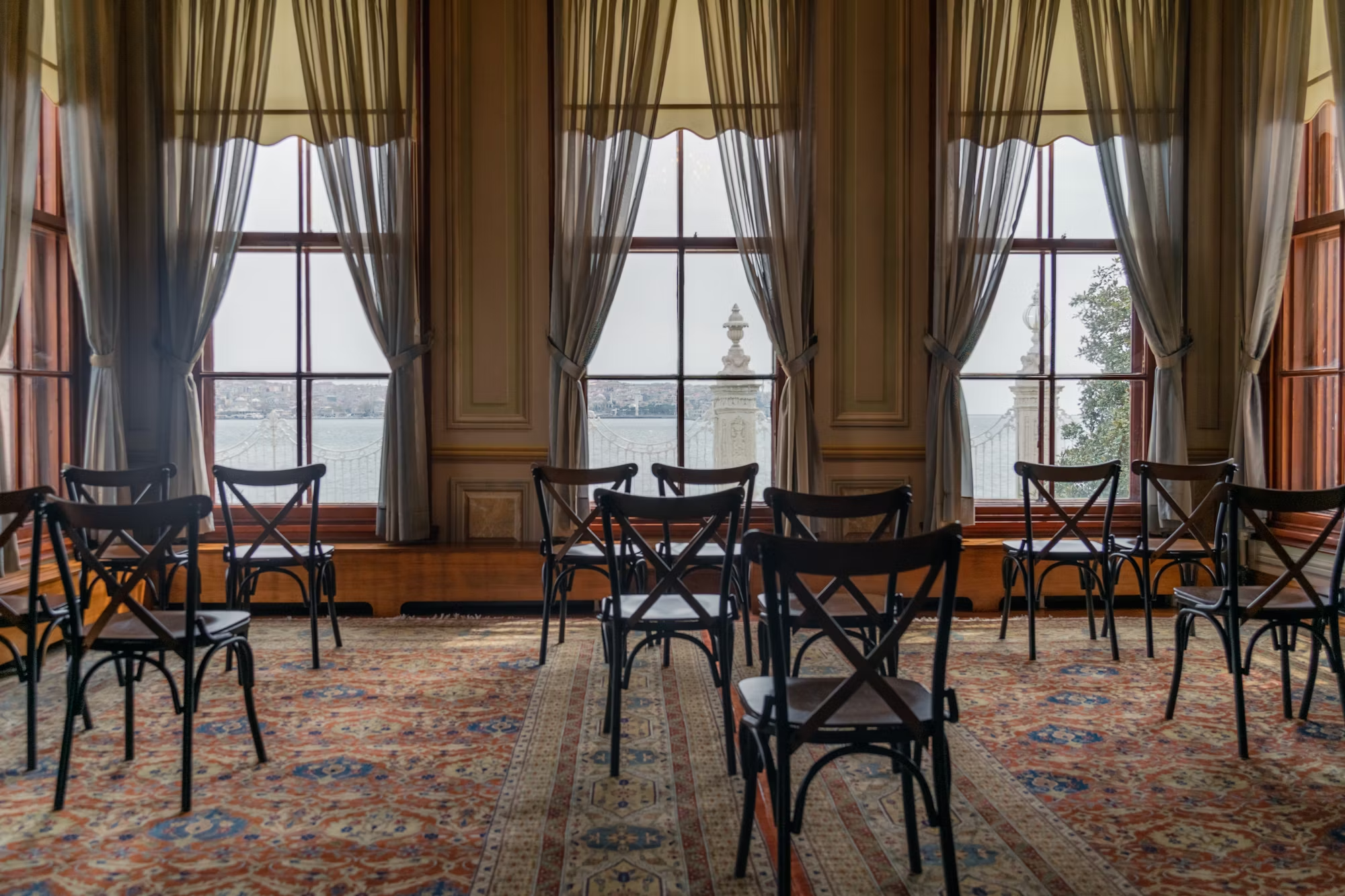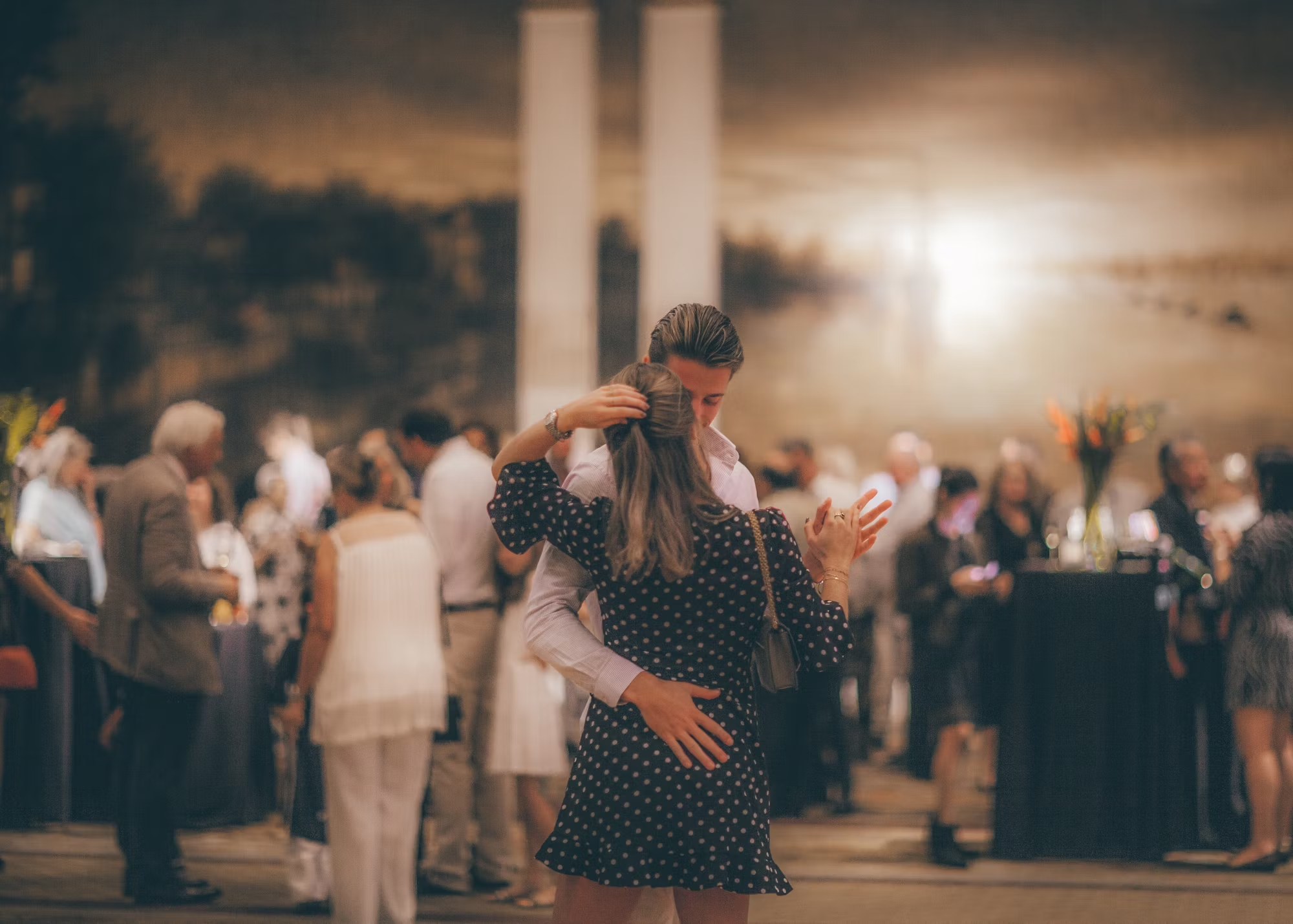Museums are dynamic spaces that transcend their role as mere repositories of artifacts. They function as vibrant community hubs, fostering creativity and encouraging connections among individuals from diverse backgrounds. Through a variety of educational programs, exhibitions, and events, museums cultivate a culture of curiosity, creativity, and collaboration, making them invaluable assets in our society.
Art museums, for instance, play a crucial role in nurturing creativity by showcasing an array of artistic expressions that span cultures and time periods. Institutions like The National Gallery of Art in Washington, D.C., and The Guggenheim in New York provide platforms for artists to share their work while inviting the public to engage with the visual arts in meaningful ways. Through exhibitions featuring both classical and contemporary artists, these museums encourage visitors to explore their own creative impulses and interpretations.
Moreover, art museums often host workshops and artist talks that allow community members to participate in the creative process. By offering opportunities to create alongside artists, museums foster an environment where creativity thrives. Participants can learn various techniques, experiment with different mediums, and ultimately express their unique perspectives. This hands-on approach not only enhances artistic skills but also strengthens community bonds as individuals share their experiences and insights.
Natural history museums serve as another vital resource for fostering creativity and curiosity. Institutions like The Field Museum in Chicago and The Natural History Museum in London provide engaging exhibits that explore the wonders of the natural world. Through interactive displays on biodiversity, geology, and paleontology, these museums invite visitors to immerse themselves in the scientific exploration of our planet.
Education is a core mission of natural history museums. They often collaborate with schools and community organizations to develop programs that promote environmental awareness and stewardship. For example, workshops that encourage students to participate in citizen science projects allow them to contribute to real-world research while fostering a sense of responsibility for the environment. By connecting scientific inquiry with community engagement, natural history museums inspire the next generation to become advocates for our planet.
Science museums also play a pivotal role in sparking curiosity and innovation. Institutions like the Science Museum in London and The Exploratorium in San Francisco create immersive environments where visitors can engage with scientific concepts through hands-on activities. By allowing individuals to explore physics, chemistry, biology, and technology interactively, science museums make learning fun and accessible.
These museums often emphasize collaboration and community engagement by hosting science fairs, workshops, and outreach programs. By involving local schools and organizations, science museums ensure that science education reaches a broad audience, igniting a passion for discovery among students. This approach not only enhances academic achievement but also cultivates a lifelong interest in science and innovation.
History museums serve as custodians of our shared cultural heritage, preserving artifacts and stories that shape our understanding of the past. Institutions like The Smithsonian National Museum of American History and The British Museum provide a platform for exploring the diverse narratives that make up our collective history. Through engaging exhibits, these museums invite visitors to reflect on the past and consider its relevance to contemporary society.
In addition to showcasing artifacts, history museums often host public discussions, lectures, and workshops that encourage community dialogue. By bringing together experts, community members, and historians, these events foster a deeper understanding of historical contexts and promote critical thinking. This engagement helps individuals connect their own experiences to broader historical narratives, enriching their understanding of cultural heritage.
Specialty museums cater to niche interests, providing unique opportunities for creative engagement and community connection. Whether it’s the Museum of Science and Industry in Chicago or the National Cowboy & Western Heritage Museum in Oklahoma City, these institutions celebrate specific themes that resonate with enthusiasts. Specialty museums often organize events, demonstrations, and workshops that allow visitors to delve deeper into their interests, fostering a sense of belonging among like-minded individuals.
Children’s museums are particularly impactful in cultivating creativity and community connection among young learners. Institutions like The Boston Children’s Museum and The Children’s Museum of Indianapolis provide interactive, play-based learning experiences designed to stimulate curiosity and exploration. By encouraging children to engage with exhibits through play, these museums promote essential skills such as problem-solving, collaboration, and creativity.
Family involvement is a central component of children’s museums. Many programs encourage parents and caregivers to participate alongside their children, creating shared learning experiences that strengthen family bonds. Activities may include art projects, science experiments, or interactive storytelling sessions that engage both children and adults. This emphasis on family engagement fosters a lifelong love for learning and exploration in young minds.
As technology continues to evolve, virtual museums are emerging as innovative platforms for creativity and engagement. These online spaces provide access to a wealth of artistic and cultural resources, breaking down geographical barriers. Virtual tours, interactive exhibits, and educational materials allow individuals to explore museums from the comfort of their homes, making cultural experiences accessible to a broader audience.
Virtual museums also offer opportunities for collaboration and community connection. By hosting online discussions, workshops, and collaborative projects, these institutions create spaces where individuals can engage with each other and share their perspectives on art and culture. This inclusivity fosters a global community of learners, encouraging dialogue and cross-cultural exchange.
Ethnic and cultural museums play a vital role in preserving the heritage of specific communities while fostering understanding and respect among diverse audiences. By showcasing the traditions, art, and narratives of various cultures, these museums create spaces for individuals to learn about and celebrate diversity. Through exhibitions, workshops, and community events, ethnic and cultural museums foster connections among individuals, enriching the cultural fabric of society.
Living museums take community engagement to new heights by immersing visitors in historical and cultural experiences. These outdoor institutions recreate specific time periods, allowing guests to interact with costumed interpreters and participate in traditional activities. For example, a living history museum might feature demonstrations of crafts, cooking, or farming techniques from a particular era, making history tangible and relatable.
The immersive nature of living museums encourages visitors to engage with history actively, fostering a deeper understanding of the past and its relevance to contemporary life. By connecting individuals with the traditions and practices of previous generations, these museums promote cultural continuity and appreciation for heritage.
In conclusion, museums are essential catalysts for creativity and community connection. Through diverse educational programs, interactive experiences, and collaborations with local organizations, museums create spaces where individuals can explore, learn, and connect. As we continue to celebrate the impact of museums on our society, we recognize their vital role in nurturing a love for learning and fostering a deeper understanding of the world around us.



